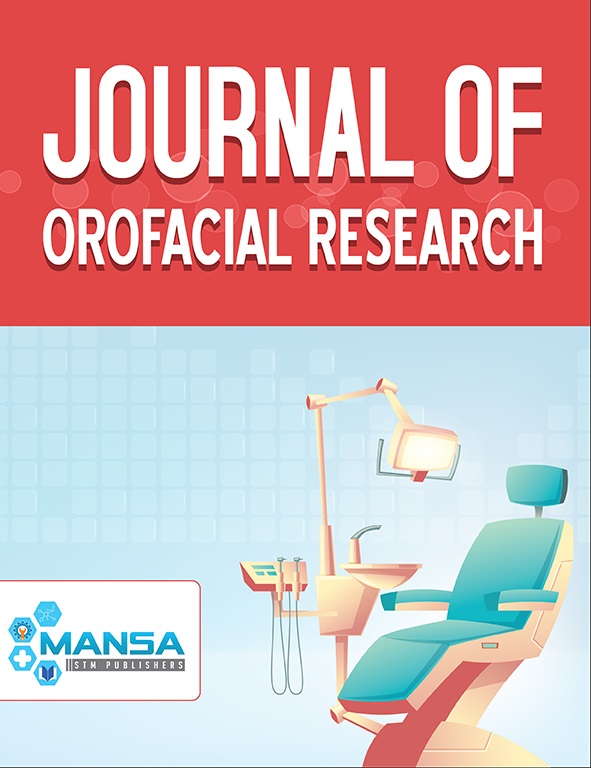Jaw Morphology and Vertical Facial Types: A Cephalometric Appraisal
Keywords:
Vertical facial type, Maxillary and mandibular morphology, Cephalometric.Abstract
Aims and objectives: To evaluate the maxillary and mandibular morphology in different vertical facial types and to implicate the achieved results into diagnosis and treatment planning of patients requiring orthodontic treatment. Materials and methods: The present study is conducted on a sample of 120 subjects comprising of 60 males and 60 females in the age range of 18 to 25 years. The lateral head cephalograms of the subjects were divided into three groups, i.e. group I (hypodivergent), group II (normodivergent) and group III
(hyperdivergent) with regard to vertical facial type by using the following three parameters, i.e. SN-MP (facial divergence angle), overbite depth indicator (ODI) and Jarabak ratio or facial height ratio (FHR). Differences among the groups and between genders were assessed by means of variance analysis and Newman- Keuls post hoc test. Results: Maxillary and mandibular anterior alveolar and maxillary postalveolar height was found to be greater for hyperdivergent group in comparison to others. Hyperdivergent facial types posses
long and narrow symphysis along with greater antegonial notch depth whereas hypodivergent showed an opposite tendency. Hyperdivergent facial types generally have a smaller maxillary area as compared to other facial types. However, total mandibular area does not vary among different vertical facial types. Sexual dichotomy was found with maxillary anterior alveolar and basal height, mandibular posterior alveolar and basal height, mandibular length, symphyseal depth, depth of the antegonial notch, symphyseal area and ext/total symphyseal area ratio. Conclusion: Vertical facial type may be related to the morphological and dentoalveolar pattern of both maxilla and mandible. Determination of this relationship may be of great help from diagnostic as well as therapeutic aspects of many vertical malocclusion problems.

